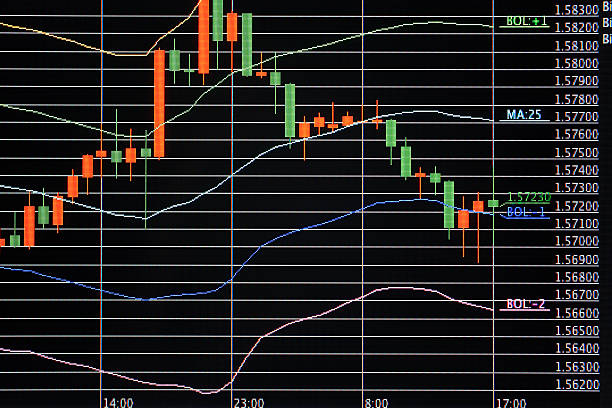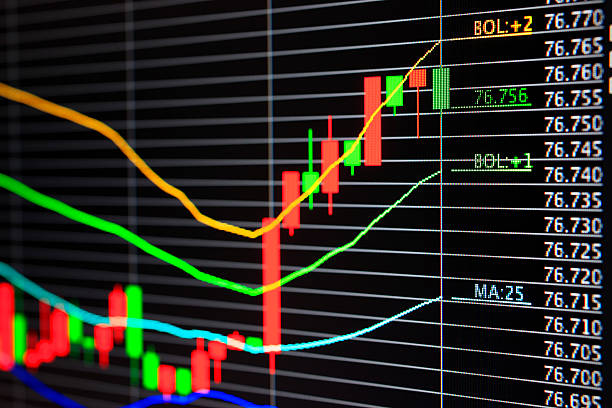Algorithmic trading is automatic trading in which traders and investors join and exit positions when the predetermined conditions are met. The systems are programmed with instructions to execute transactions without human involvement. Due to its short execution times, it saves investors a tonne of time, allowing them to place an increasing number of transactions.
Algorithmic trading does not include human emotions. The programmed instructions, which check to see if the needs of the buyers and sellers line up, are the sole thing that directs the total trading process. If so, the contract is opened and closed appropriately by the system.
How Does Algo Trading Function?
Algo trading is a smart trading strategy that relies on complex formulas and code and is based on a mathematical model. Contrary to traditional trading strategies, this procedure is entirely automated. These automated trading bots like the bitcoin era work on the principles of Algo trading and make trades simpler and more accurate. Human brains create codes that tell computers to make judgments based on the circumstances. Computerized market condition analysis is made possible thanks to mathematical models and algorithms. For instance, according to computerised analysis, traders may initiate, close, enter, or exit deals.
Algo trading is frequently used by investors in scalping, which is the rapid purchase and sale of assets to generate quick profits from tiny price fluctuations. As a consequence, traders may take part in several deals throughout the day and profit from the trades’ prompt implementation.
What Are The Strategies Of Algo Trading?
Algorithm trading uses a variety of techniques on the basis of which the algorithm’s programmed instructions are created. The following are a few examples of algorithmic trading strategies:
1. Trend Detection
Trend detection is the first tactic on the list that powers Algo trading. The codes assist in the analysis of market movements based on the price, demand, resistance, volume, and other variables affecting investing choices. The likelihood that automated systems will correctly recognise trends increases as algorithms focus on formula and technology.
2. Mean Reversion
It is a technique that keeps track of a stock’s typical highs and lows to assist investors in determining whether to purchase a company’s shares or not.
The software predicts the price that would eventually force the stocks at a specific transaction based on the typical price changes. The offer may be scheduled for when prices are anticipated to increase. On the contrary, such stocks are viewed as less reliable if market price fluctuations exceed the average level.
3. Arbitrage
Investors have access to arbitrage possibilities through the automated trading tool. Purchasing dual-listed securities is an arbitrage. With swift trading activity, an investor may acquire stock at a cheaper price on one market and sell it at a better one on another.
4. Index Fund Rebalancing
Given the price movements of the investment assets, the index fund portfolios often fluctuate. By using algo trading, this rebalancing enables dealers to close agreements for higher profits. In essence, shifting portfolios assist investors in purchasing equities at the greatest prices and at the correct times while minimising transaction expenses.

Perks Of Algorithmic Trading
The following advantages come from algorithmic trading:
- The best prices are used to conduct trades.
- Placing trade orders is quick and precise.
- To prevent material price movements, trades are executed immediately and at the proper moment.
- Lower transactional expenses.
- Simultaneous automatic checks on numerous market circumstances.
- Very little chances for human error while placing transactions.
- Decreased the likelihood that human traders would make errors based on emotional and psychological reasons.
The Future Of Trading By Algorithms
As an individual trader, your chances of success are decreasing every second. Similar to many other sectors, businesses who are utilising technology are far more successful than those that are being disrupted. Likewise with trading. The likelihood of success for investors who employ these innovative new technology is greatly increased; yet, while the road to riches is smoother, the learning curve is severe.
Conclusion
In order to open and finish deals based on computer code, algo trading combines financial markets with software. When deals are started or cancelled can be decided by investors and traders. To engage in high-frequency trading, they can also make use of processing power. Algorithmic trading is a common practise in today’s financial markets with a wide range of tactics available to traders. Get computer hardware, programming knowledge, and financial market expertise ready before you begin.

